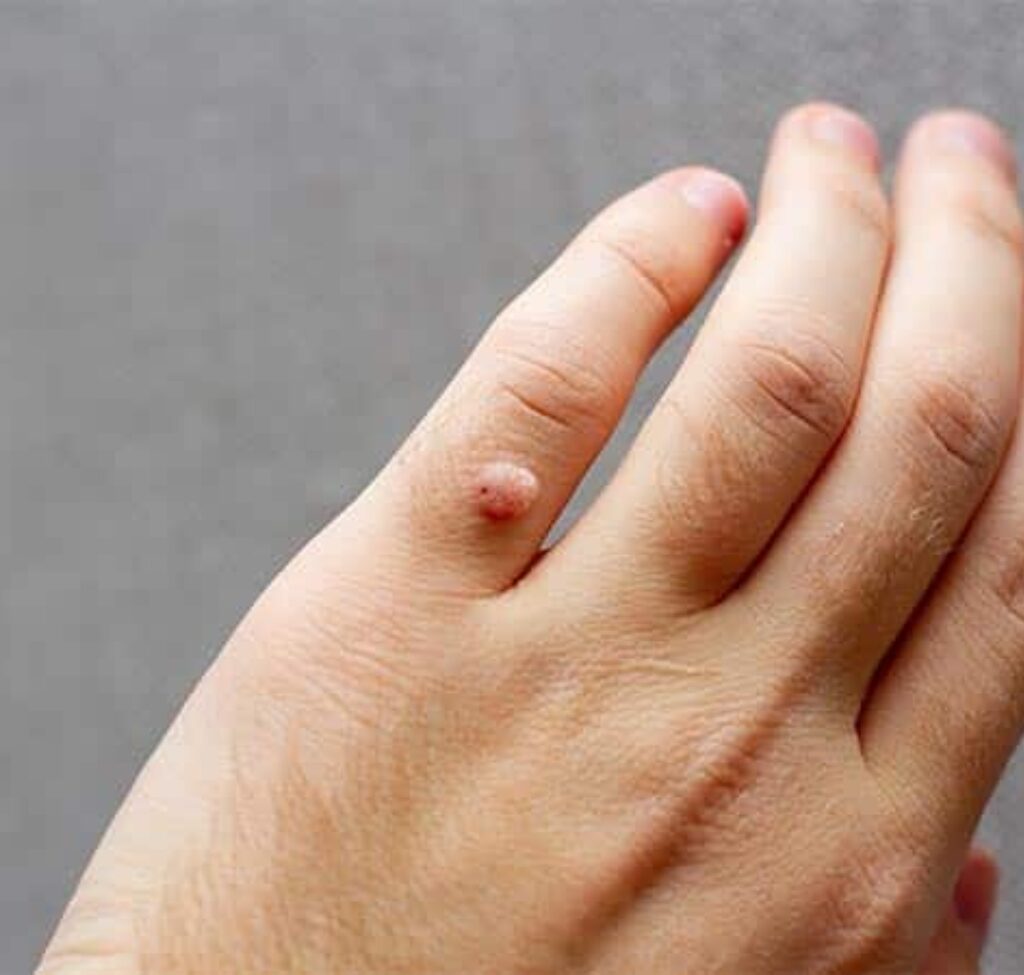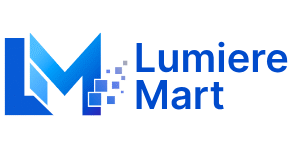Warts affect millions of people worldwide. These stubborn skin growths create frustration for many individuals. You might feel embarrassed about their appearance. The good news is simple: dermatologists offer effective solutions. Professional wart removal eliminates these unwanted growths. Your dermatologist uses advanced techniques to remove warts safely. This comprehensive guide explores everything you need to know about professional wart removal.
Understanding Warts: The Root Cause
Warts develop from viral infections. The human papillomavirus (HPV) causes these skin growths. Over 100 different HPV types exist. Each type creates specific wart varieties.
The virus enters your skin through tiny cuts or breaks. Your immune system typically fights off infections. The virus then causes skin cells to grow rapidly. This rapid growth creates the raised bumps we call warts.
HPV spreads through direct contact. You can catch warts from touching infected surfaces. Public pools, locker rooms, and showers present higher risks.
The virus thrives in warm, moist environments. Walking barefoot in these areas increases your chances. Your immune system plays a crucial role in wart development. People with weakened immunity face higher risks. Children often develop warts more frequently than adults. Their immune systems are still developing. Stress, illness, or certain medications can weaken immunity.
Genetics influences wart susceptibility. Some families experience more frequent wart outbreaks. Your genetic makeup affects how your immune system responds to HPV. This explains why some people never develop warts despite exposure.

Types of Warts: Identifying Your Specific Condition
Different wart types require different treatment approaches. Understanding your specific wart type helps determine the best removal method.
Common Warts (Verruca Vulgaris)
They create rough, raised surfaces with cauliflower-like textures. These warts often show small black dots. The dots represent tiny blood vessels within the wart.
Common warts typically measure between 1-10 millimeters. They can appear individually or in clusters. Children develop these warts more often than adults. The warts spread easily through picking or biting.
Plantar Warts
Plantar warts grow on foot soles. They create painful sensations while walking. The pressure makes plantar warts appear flatter than other types.
These warts often show black pinpoint spots. The spots indicate clotted blood vessels. Multiple plantar warts can merge.
Flat Warts (Verruca Plana)
Flat warts commonly appear on faces, hands, and legs. They match your skin color or appear slightly pink. This creates linear patterns of wart development.
Filiform Warts
Filiform warts create finger-like projections from your skin. They typically appear on faces, necks, and eyelids. The projections can measure several millimeters long. Filiform warts usually appear flesh-colored or slightly darker. They rarely cause pain but create cosmetic concerns.
Periungual Warts
Periungual warts develop around or under fingernails and toenails. These warts can affect nail growth patterns. They often appear rough and irregular. These warts create particular challenges for treatment. Their location makes them difficult to access.
Why Choose Dermatologists for Wart Removal
Their medical training ensures safe, effective procedures. Professional treatment offers several key advantages.
Medical Expertise
Dermatologists complete extensive training in skin conditions. They understand wart biology and treatment mechanisms. This knowledge helps them select optimal removal methods for your specific situation. Medical professionals can differentiate warts from other skin growths. Some skin conditions mimic wart appearances. Misdiagnosis can lead to inappropriate treatments. Dermatologists prevent these complications through accurate identification.
Advanced Treatment Options
Professional dermatology offices offer multiple treatment modalities. Home remedies typically rely on single approaches. Dermatologists can combine treatments for enhanced effectiveness.
Medical-grade equipment provides superior results. Professional treatments penetrate deeper into wart tissue. This thoroughness reduces recurrence rates significantly.
Safety Considerations
Dermatologists prioritize patient safety during all procedures. They use sterile techniques to prevent infections. Professional settings maintain strict hygiene standards. Home wart removal carries various risks. Improper techniques can cause scarring or infections. Deep tissue damage may result from aggressive self-treatment. Dermatologists minimize these complications through careful technique.
Faster Results
Professional treatments work more quickly than home remedies. Most dermatologist procedures show results within weeks. Home treatments often require months of consistent application.
Quick results reduce your frustration and embarrassment. Faster healing prevents further wart spread. Professional treatment saves time and provides peace of mind.
Comprehensive Care
Dermatologists provide complete wart management. They evaluate your immune system and risk factors. This comprehensive approach addresses underlying causes. Professional care includes prevention strategies. Your dermatologist educates you about avoiding reinfection. They monitor healing progress and adjust treatments as needed.
Professional Wart Removal Methods
Dermatologists employ various techniques for wart removal. Each method offers specific advantages for different wart types and locations.
Cryotherapy (Liquid Nitrogen Freezing)
Cryotherapy represents the most common professional wart treatment. This procedure uses liquid nitrogen to freeze wart tissue. The extreme cold destroys infected cells effectively.
During cryotherapy, your dermatologist applies liquid nitrogen directly to the wart. The application lasts 10-30 seconds depending on wart size. You might feel stinging or burning sensations during treatment.
Frozen tissue forms blisters within hours of treatment. The blistered area eventually scabs and falls off. New, healthy skin grows beneath the treated area.
Most patients require multiple cryotherapy sessions. Treatments typically occur every 2-4 weeks. Complete removal may take 3-6 treatments, depending on wart characteristics.
Cryotherapy works effectively on most wart types. It proves particularly successful for common warts and plantar warts.
Electrosurgery and Curettage
Electrosurgery burns wart tissue using electrical current. Curettage involves scraping away the burned tissue. This combination approach provides thorough wart removal.
Your dermatologist first numbs the treatment area with local anesthesia. The electrical device burns the wart tissue systematically. A curette then removes the destroyed tissue.
This method offers immediate wart removal in single sessions. It works well for large or stubborn warts. The procedure typically requires minimal healing time.
Electrosurgery may leave small scars. Your dermatologist discusses this possibility before treatment. Proper aftercare minimizes scarring risks significantly.
Laser Therapy
Different laser types target various aspects of wart structure. This precision makes laser therapy highly effective.
Pulsed-dye lasers target blood vessels feeding the wart. Carbon dioxide lasers vaporize wart tissue directly. Your dermatologist selects the appropriate laser for your specific needs.
Laser procedures typically require local anesthesia. The treatment causes minimal discomfort during application. Most patients describe the sensation as brief heat pulses. It proves particularly effective for large or multiple warts.
Immunotherapy
This approach addresses the underlying viral cause of warts. Several immunotherapy options exist for wart treatment.
Topical imiquimod cream activates local immune responses. Patients apply the cream to warts according to prescribed schedules. The treatment gradually stimulates wart elimination.
Intralesional immunotherapy involves injecting immune stimulants directly into warts. Common agents include Candida antigen or interferon. These injections activate systemic immune responses.
Immunotherapy works slowly compared to destructive methods. Results may take several months to appear. However, this approach can eliminate warts throughout your body simultaneously.
Chemical Treatments
Dermatologists use various chemical agents for wart destruction. These treatments typically require multiple applications over time.
Trichloroacetic acid burns wart tissue chemically. Your dermatologist applies the acid carefully to avoid healthy skin damage. The treatment causes controlled tissue destruction.
Cantharidin, derived from blister beetles, creates blisters under warts. The blistering action lifts warts from healthy skin. This painless procedure works well for children.
Five-fluorouracil (5-FU) interferes with wart cell reproduction. Patients apply this chemotherapy medication topically. The treatment gradually eliminates wart tissue.
Surgical Excision
Surgical removal involves cutting warts from your skin. This method provides immediate, complete wart elimination. Dermatologists typically reserve surgery for large or resistant warts.
Local anesthesia numbs the treatment area before surgery. Your dermatologist carefully removes the entire wart structure. Sutures may close larger surgical sites.
Surgery offers the highest immediate success rates. However, it carries higher risks of scarring. Your dermatologist weighs these factors when recommending treatment options.
Post-Treatment Care: Ensuring Optimal Healing
Proper aftercare ensures successful wart removal outcomes. Following your dermatologist’s instructions prevents complications and promotes healing.
Immediate Post-Treatment Care
Keep treated areas clean and dry initially. Gentle cleaning with soap and water prevents infection. Pat the area dry rather than rubbing vigorously.
Apply prescribed topical medications as directed. These medications promote healing and prevent infection. Follow the exact application schedule provided by your dermatologist.
Cover treated areas when necessary. Bandages protect healing tissue from trauma. Change dressings regularly to maintain cleanliness.
Pain Management
Mild discomfort often follows wart removal procedures. Over-the-counter pain medications provide adequate relief. Acetaminophen or ibuprofen work effectively for most patients.
Ice packs can reduce swelling and discomfort. Apply ice for 15-20 minutes several times daily. Always wrap ice packs in cloth to prevent skin damage.
Avoid activities that stress treated areas. Heavy lifting or excessive walking may disrupt healing. Resume normal activities gradually as healing progresses.
Monitoring Healing Progress
Watch for signs of proper healing. Treated areas should gradually improve over time. New skin growth indicates successful recovery, and any remaining redness or mild swelling should fade within a week or two. If you notice excessive pain, pus, persistent swelling, or unusual color changes, contact your dermatologist promptly. Early attention to potential issues prevents complications and speeds up your overall recovery.
Consistent follow-up visits allow your dermatologist to evaluate the treated site. They can address concerns and modify your aftercare plan if needed. Taking photos of the healing area may help you track progress and detect changes.
Wart Prevention: Protecting Your Skin Long-Term
Prevention plays a key role in avoiding future warts. Here are practical steps:
- Keep skin clean and dry, especially in public areas.
- Avoid walking barefoot in communal spaces like pools or gym showers.
- Do not pick at or scratch existing warts.
- Use separate towels and personal items to reduce virus transmission risk.
- Wash your hands thoroughly after touching warts or after treatment.
- Treat minor cuts promptly to block virus entry sites.
Educate children about these simple habits, as they are more susceptible to warts.
Conclusion:
Choosing professional wart removal leads to faster results, fewer complications, and peace of mind. Dermatologists provide precise, safe methods backed by years of expertise. You receive personalized care, expert guidance, and clear instructions for every step. Unlike home remedies, dermatologist-led treatment addresses the source of the problem and reduces the risk of recurrences.
Warts can affect your confidence, comfort, and daily activities. You do not have to struggle alone or wait for warts to resolve themselves. By consulting a skilled dermatologist, you take the most reliable step toward clear, healthy skin. Trust their experience, follow their aftercare advice, and focus on prevention to enjoy lasting results.

